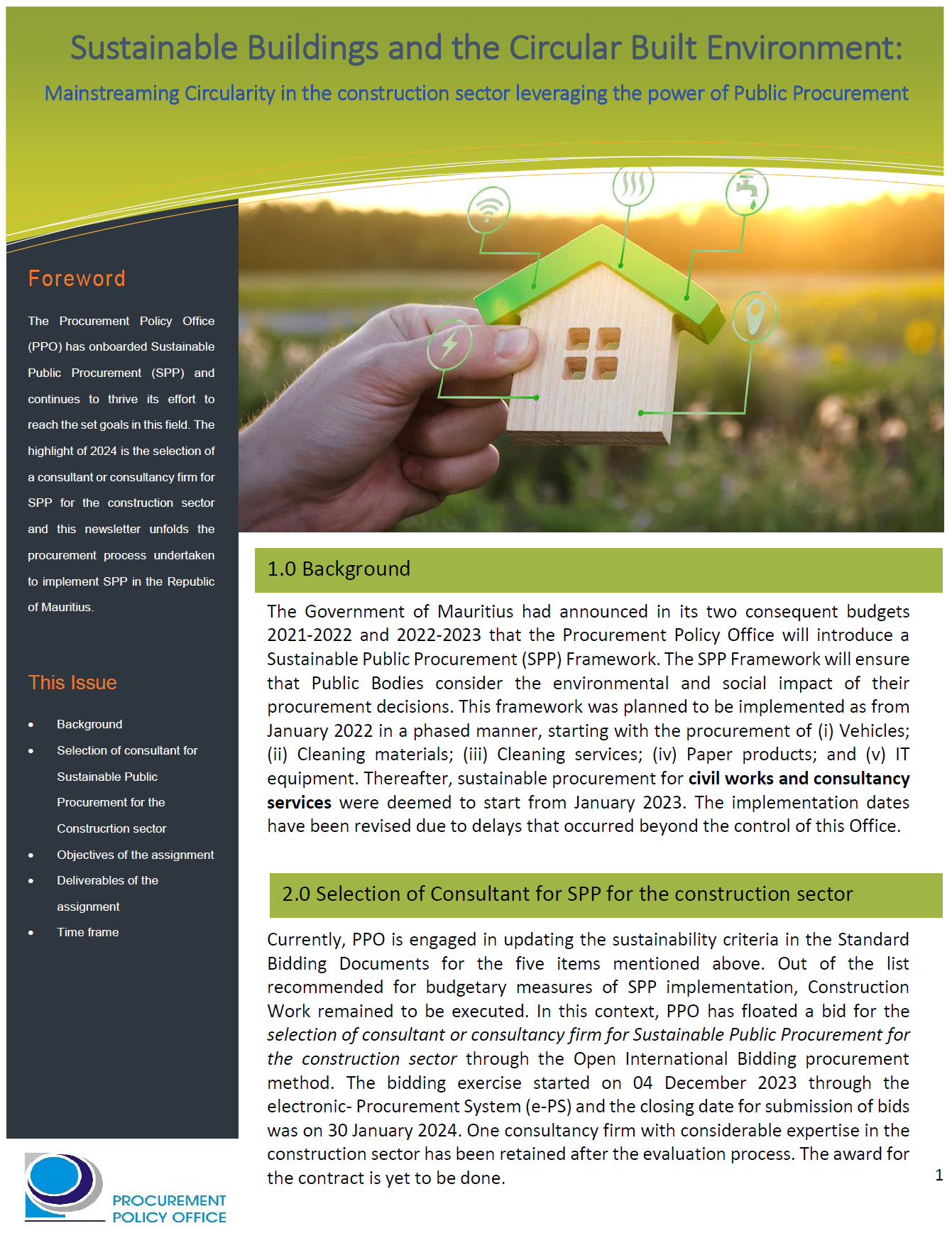Exports of Nordic Used Textiles: Fate, benefits and impacts
Of interest to all stakeholders wondering whether the exports of used textiles to the African continent and other regions is good or bad for the environment and economy in the receiving countries.
Maps and tracks exports of 75 000 tonnes of used textiles from the Nordic region for processing and resale in other parts of the world. Assesses the environmental, social and economic benefits and risks and makes recommendations for mitigating negative consequences.
A large share of post-consumer textiles that are collected by charities and private collection companies in Europe are exported for processing, reuse and recycling in other countries and regions. Does this export support the circular economy through reuse and recycling, or are we simply exporting waste to countries that don’t have the facilities to deal with it? And does the export have a negative effect on the textile industries in receiving countries, for example, in Africa?
The objective of the project was to answer these questions for the 75 000 tonnes of used textiles exported from the Nordic countries each year, and to make recommendations on how systems can be improved to enhance benefits and reduce risks. We:
- Used export data to find the first receivers of exported used textiles and rags from Nordic countries
- Interviewed the 13 largest Nordic exporters of used textiles and their buyers to identify the further fate of exported textiles along the value chain
- Carried out site surveys and interviews in 3 countries representing different parts of the value chain; Poland (sorting and re-export plus high quality reuse), Malawi (fair quality imports for reuse), Pakistan (importers of lower qualities for reuse/recycling)
- Carried out social, economic and environmental (LCA-based) assessments of benefits and impacts globally and in receiving countries
- Developed recommendations for governments and collectors in exporting countries for reducing risks and enhancing benefits
Key results:
- Exports of used textiles give global environmental by maximising reuse. 75 000 tonnes of Nordic exported textiles are estimated to give an annual net saving of 193 000 tonnes CO2equiv of greenhouse gases. The benefits are far higher than would have been achieved if the textiles had remained in Nordic countries.
- Almost all non-reusable/non-recyclable textiles and non-textile waste are removed at sorting facilities in EU Member States prior to export to the rest of the world and treated responsibly.
- Imported Nordic textiles for second-hand markets may lead indirectly to local environmental impacts in Africa and Asia once their second lives are over and they finally reach their end of life. This would be no different had the consumed textiles been new. Exporting countries could assist importing countries in developing waste collection systems.
- The export creates thousands of jobs in receiving countries. Nordic exports provide 9000 full time jobs in formal sectors in receiving countries and many more in the informal sector. In Africa alone the Nordic exports are estimated to support more than 10 000 market sellers and their families.
- Imports of used textiles to Africa provide good quality clothing for those who otherwise may not be able to afford it. They may also have contributed to the decline of local textile industries. This is likely to have happened anyway in the face of globalisation and cheap and efficient Asian production. Bans in second-hand in South Africa and elsewhere have merely accelerated imports of cheap new clothing from Asia.
- Tight economic margins in the tectile sorting industry on the one hand ensure that all fractions of used textiles are put to good use. On the other hand they run the risk of causing low wages and corner cutting on health and safety. This can be reduced through the adoption of Codes of Conduct by collectors/exporters and applicaiton to their downstream buyers.


